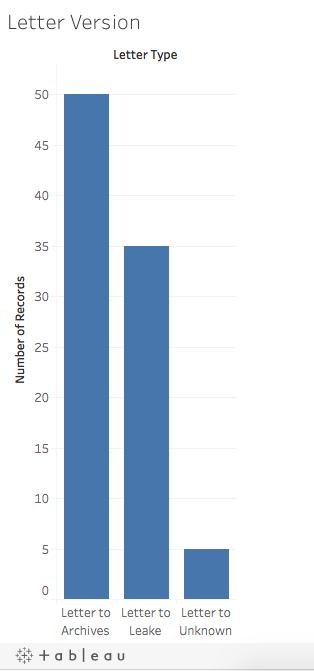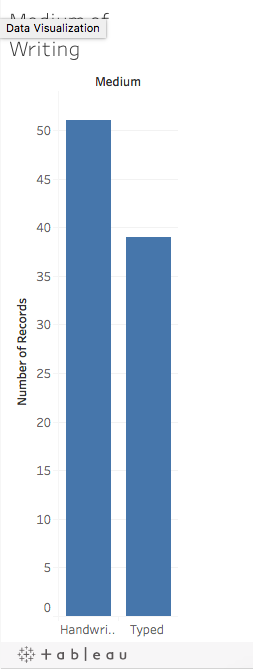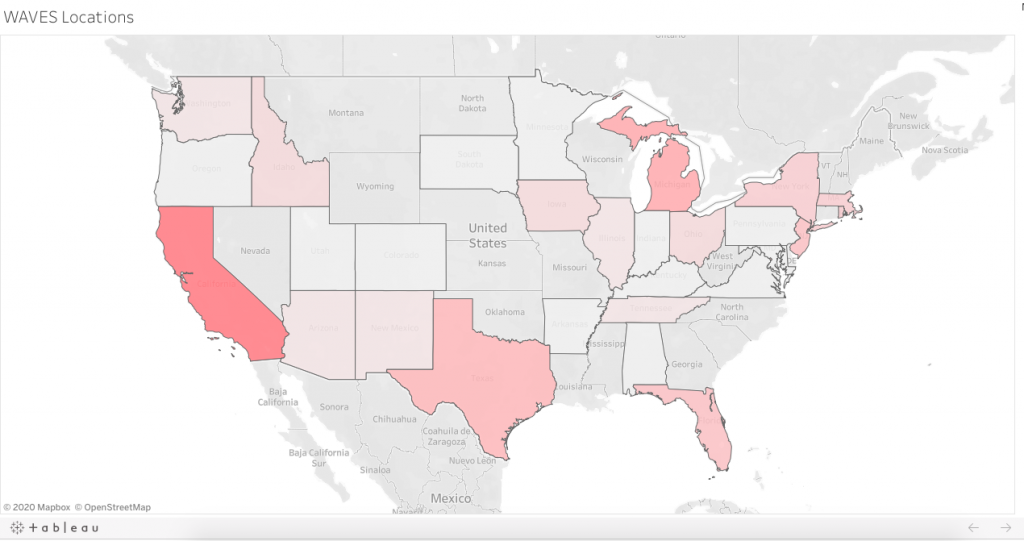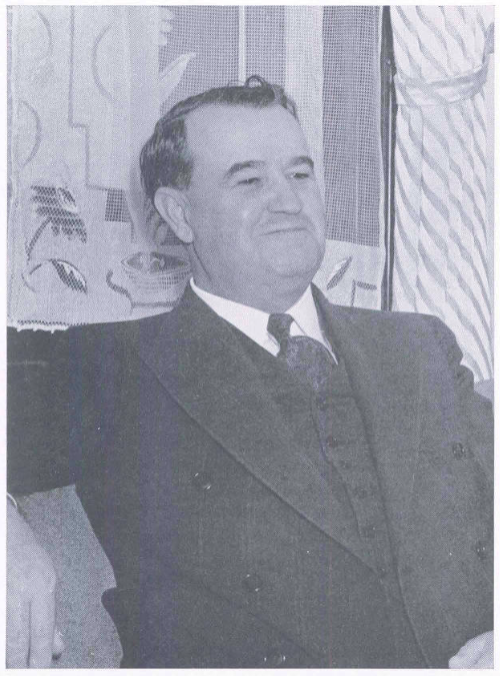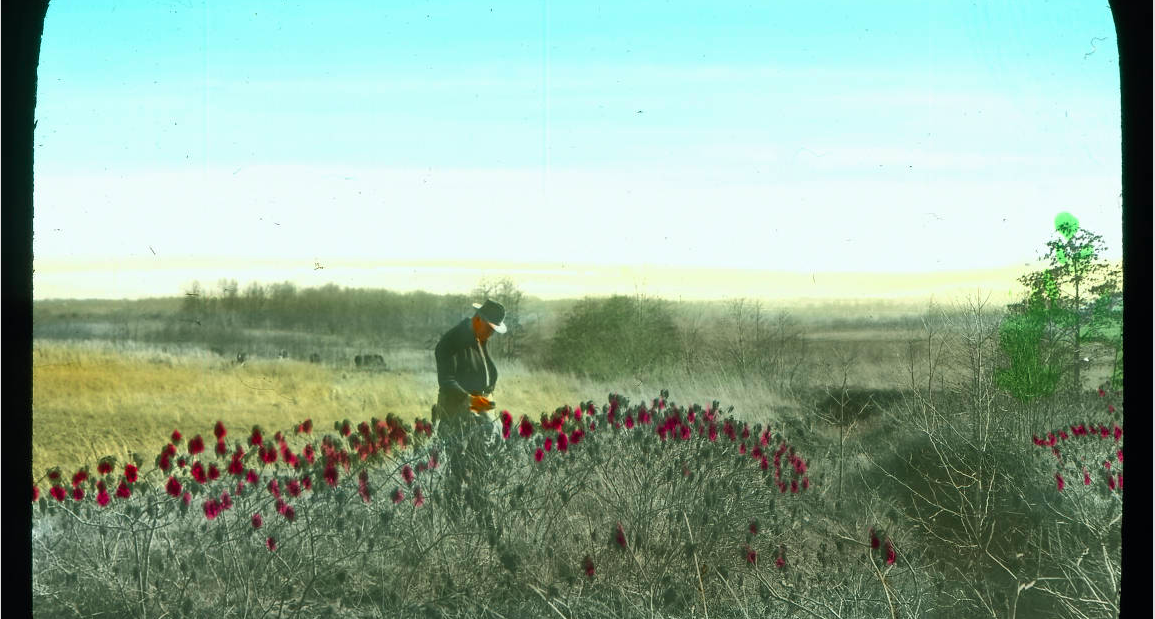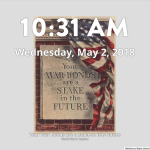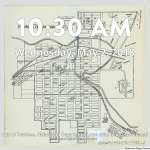Hello, readers! It’s been quite a while since I’ve posted. I hope that your summer was restful and you are prepared for the whirlwind that comes with the start of school. This summer I had the opportunity to work with Wikipedia which is a project that I’ve been wanting to try for a while. As an added benefit, it was a low-stress project, making it perfect for summer!
I’m sure that Wikipedia plays an important role in providing you with information- you may even use it more than you realize! Wikipedia is handy for getting a brief overview of a topic, looking at the forest rather than the trees so to speak. In today’s blog post, I’m going to discuss what I did with this project, what I learned about the editing process, and bust some myths about the reliability of Wikipedia.
I began this project by doing a few Wikipedia trainings. Wikipedia has put out several trainings geared towards various groups who might be interested in editing, such as students, professors, professionals, and those doing Wikidata work. I went through all these trainings to see how the trainings differed from each other and to discern the feasibility of assigning a Wikipedia editing project in a class room setting. All in all, these trainings were rather similar, though I would certainly recommend doing the training geared towards the group you most identify with. The trainings were simple to complete and it is easy to go back and quickly reference a page when you’re editing.
Upon completing the training, I began checking on Wikipedia pages that OSU had connections to and making sure the links to OSU’s resources still worked. Through doing this, I would be making more accurate information available to a global audience and giving people easy access to OSU’s resources. Several years ago, another library intern began working with Wikipedia and kept records of her own work, giving me a fantastic starting place. Along with her spreadsheets, I began reviewing her Wikipedia pages. I made my way through OSU’s digital collections and googling different names, such as “Angie Debo” to making sure that OSU’s links still worked on that Wikipedia page. If a page didn’t have links, I was able to add them. Additionally, I kept track of topics or people who didn’t have a Wikipedia page. I haven’t drafted any new pages yet, but I believe that will be my next project!
While working through this process, I learned the truth behind several Wikipedia myths. Many professors like to bash Wikipedia as an unreliable source of information, but it can actually be incredibly useful tool for school research projects. First, Wikipedia provides an excellent overview of a topic, which is a lifesaver when you get bogged down in the tiny details of your research project.
While it is true that anyone can edit in Wikipedia, the information is typically reliable (though you should always take it with a grain of salt!). Those who truly care about editing go through the Wikipedia training which highly encourages editors to use secondary sources and forbids doing primary research. While primary sources, such as interviews, can be used when there’s not much information about the subject, it is the exception rather than the rule. As for random information being uploaded, it is unlikely to stay up as popular Wikipedia pages are constantly updating, thanks to people who care about putting accurate information online. In a sense, popular Wikipedia pages are being peer reviewed.
While the information found on Wikipedia is a great starting place, the “References” and “External Links” sections are the most valuable pages as they contain valuable information that you can use in your papers. Use this resource!
Overall, this Wikipedia project was fun to work on and I enjoyed learning several new skills. I hope you found this article informative and will use Wikipedia to make your next school project a success!
